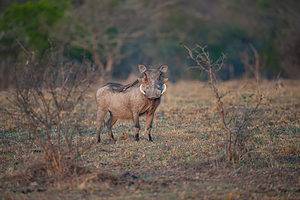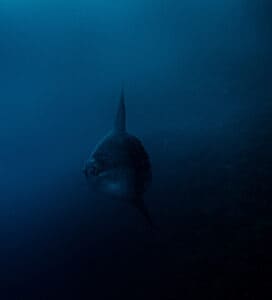Continue reading for our analysis...
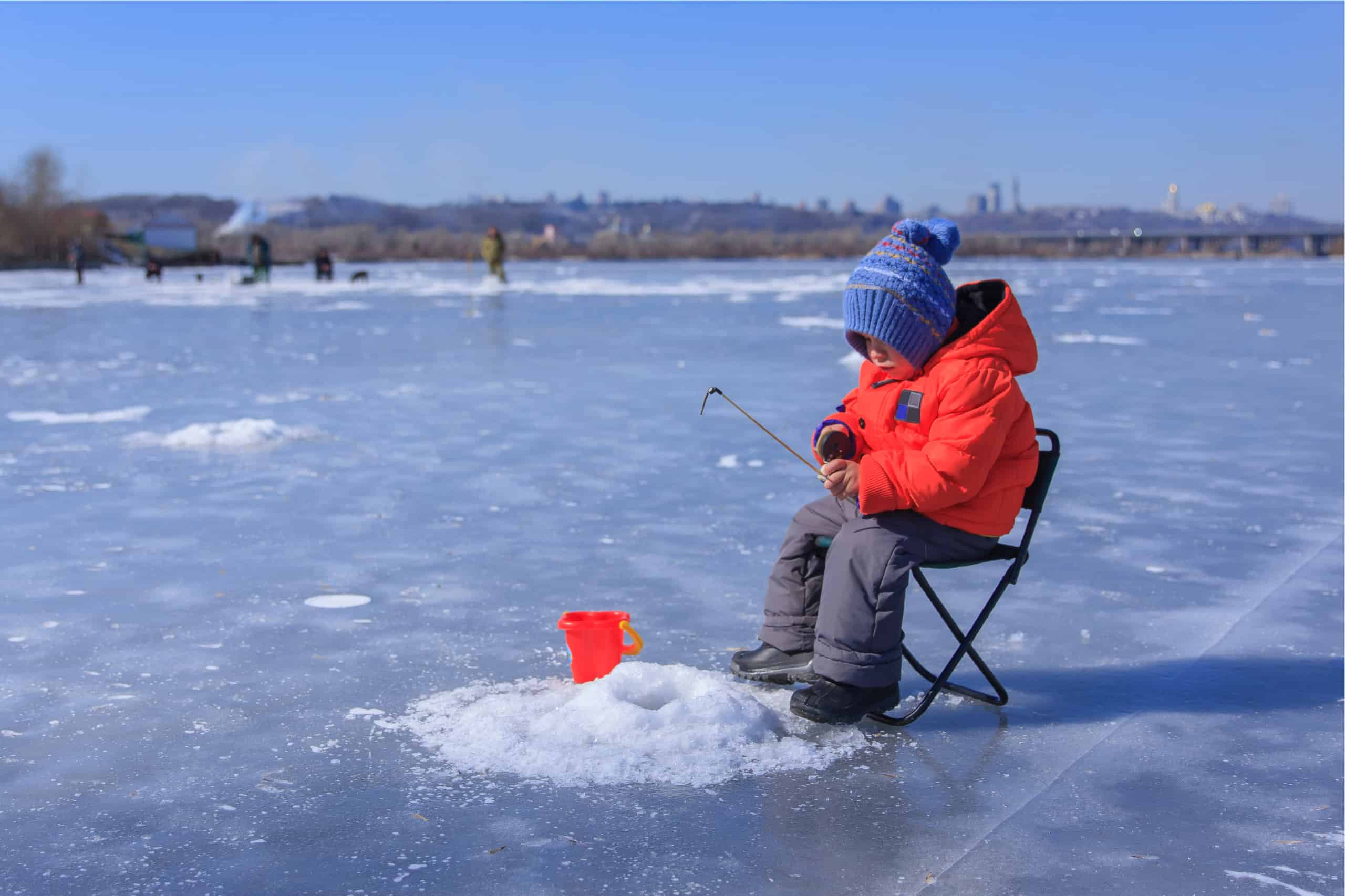
One of the most amazing experiences that few people get to enjoy is going ice fishing on the frigid waters of Alaska.
Under the ice is where the best fishing occurs from November to February. Anglers may enjoy year-round ice fishing near Anchorage, where several local lakes are stocked with grayling, pike, arctic char, and even landlocked salmon.
One person who had an extraordinary experience ice fishing was Drayden Nelson, who at just six years old, was a total beast on an ice fishing trip with his father. Thankfully, someone was filming when this master angler caught the unthinkable! He does something that appears to be practically impossible while out on the lake with basic ice fishing gear — the boy catches a fish that is bigger than him!
Nelson, who is being encouraged by his dad and many others in the video below, seems more capable than most other kids his age. He is aware that there is a large object on the other end of his fishing pole as he pushes and pulls.
There’s nothing quite as wholesome as adults cheering kids on. No matter if it’s a game of soccer, trying a new hobby for the first time, or catching a fish as big as their entire body! Even the fisherman behind Drayden stops what he’s doing to see what’s under the ice.
At one point it looks like a friendly game of tug-o-war is about to break out between the young man and the fish. Sorry fishy, we know who wins this round! Everyone is stunned by what happens when Drayden Nelson reaches the end of the line. An enormous fish, bigger than Nelson himself! His endurance is extraordinary in every way.
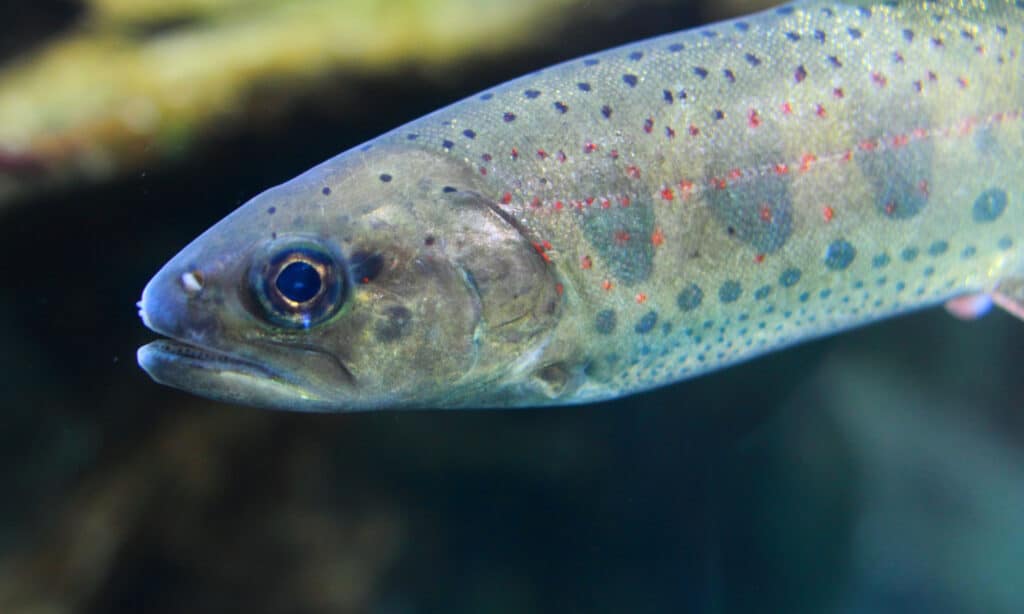
Landlocked salmon is one of the most popular species caught in Alaska.
©takas0325/Shutterstock.com
Everybody around him applauds and laughs as they are thrilled about what he has accomplished, even at the age of six! Ice fishing can feel like a waste of time sitting and waiting for something to bite. Thankfully, Nelson had quite an unforgettable experience!
How Large Are Landlocked Salmon?
Landlocked salmon, also known as landlocked Atlantic salmon, are considered a prized game fish for sport fishing and are known for their strong fighting ability when caught. Factors such as genetics, feeding, and environmental conditions can affect the size of individual fish. Landlocked salmon can grow quite large. They typically reach a maximum size of around 30-40 inches in length and can weigh up to 20 pounds. However, the average size of a landlocked salmon is around 20-25 inches in length and 4-8 pounds.
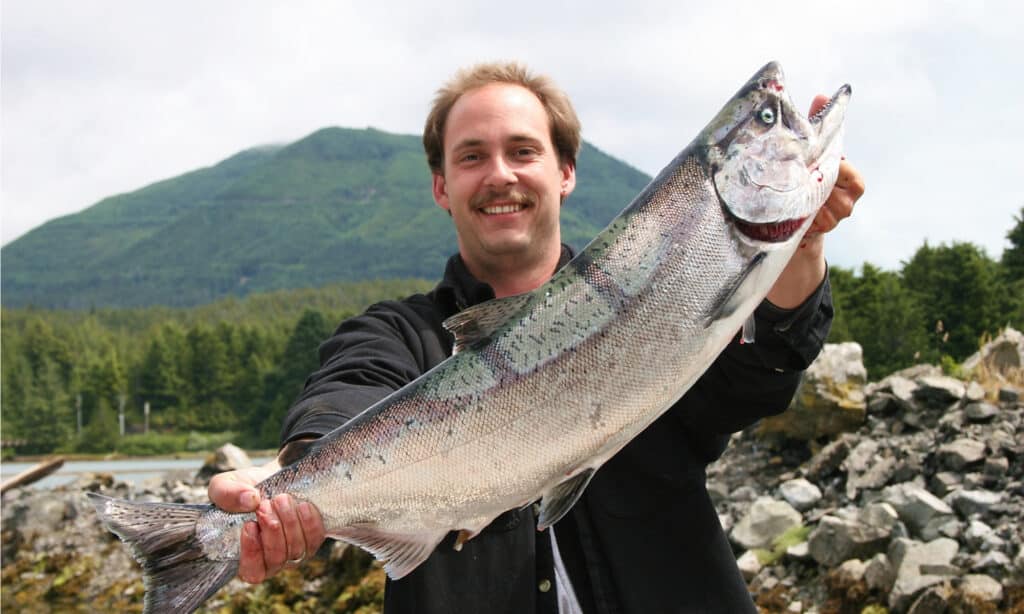
The maximum size of landlocked salmon is around 30-40 inches long and can weigh up to 20 pounds.
©Crystal Kirk/Shutterstock.com
What Is the Lifespan of a Landlocked Salmon?
The lifespan of a landlocked salmon can vary depending on a number of factors, including genetics, feeding, and environmental conditions. On average, landlocked salmon live for 3-4 years in the wild. However, in captivity, they can live up to 8 years. Some individual fish may live longer or shorter depending on their specific circumstances.
As they are migratory fish, landlocked salmon typically spend the first part of their lives in freshwater and migrate to the ocean to mature, then return to freshwater to spawn, which usually takes place at the age of 3-4 years. After spawning, most of the adult salmon will die.
It’s worth noting that landlocked salmon populations can be affected by various human-induced factors such as pollution, habitat destruction, overfishing, and the presence of non-native fish species, which can reduce their lifespan and overall population numbers.
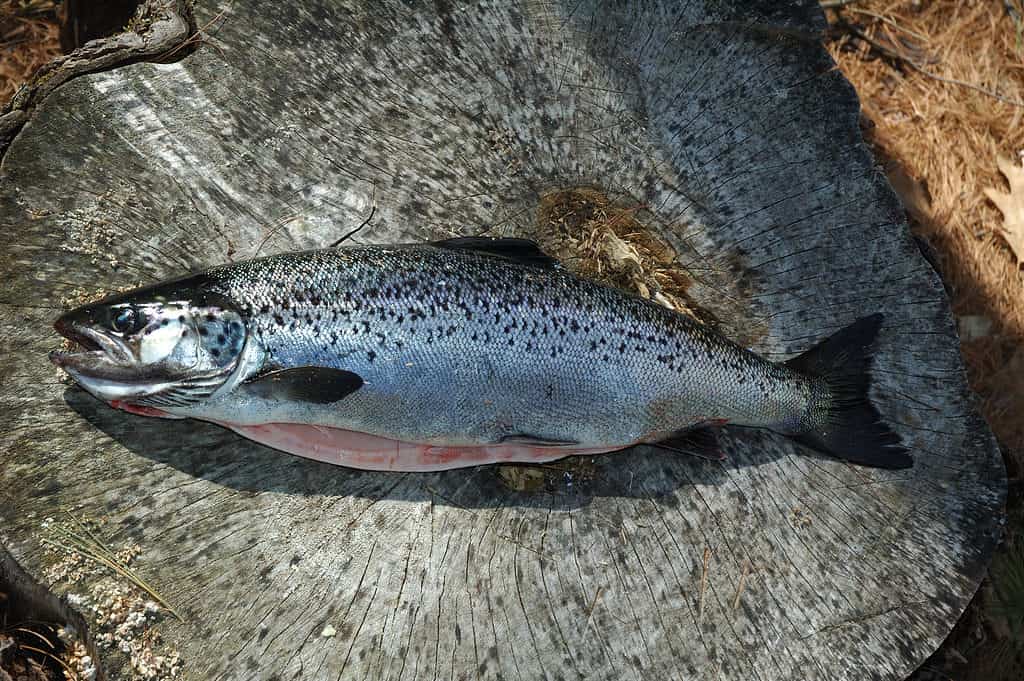
The landlocked salmon populations are affected by pollution, habitat destruction, and overfishing.
©iStock.com/spothier
How Safe Is Ice Fishing for Kids?
Ice fishing can be safe for young anglers if the following precautions are taken:
Checking the Thickness of the Ice
Always verify it yourself. Ice that is four inches can generally support 200 pounds. This is generally the minimum recommended thickness considered sufficiently safe.
Certain experts, however, recommend a thickness of five inches, which is capable of supporting 800 pounds. If you’re coming along with a group the ice will need to be 15 inches thick, at which point it will be capable of bearing 10 tons in weight.
Checking the Color of the Ice
Blue to clear ice is the strongest. Snow ice is weaker and has air pockets. Grey ice is also weak and rather dangerous as is slushy ice.
Take the Right Gear With You
Cleats are wonderful for enabling you to get a grip on the ice. Life jackets are also an absolute must. Your little angler will have to be kept warm and their well-being constantly monitored. Shelter from the ice in the form of a tent is highly recommended. As are loads of delicious snacks and a deliciously warm beverage.
Tell Someone Where You’re Going
Always let your nearest and dearest know precisely what spot you will be fishing at. And have your phone charged. There’s no such thing as excessive caution in this instance. Because at the end of the day, no ice is truly safe ice.
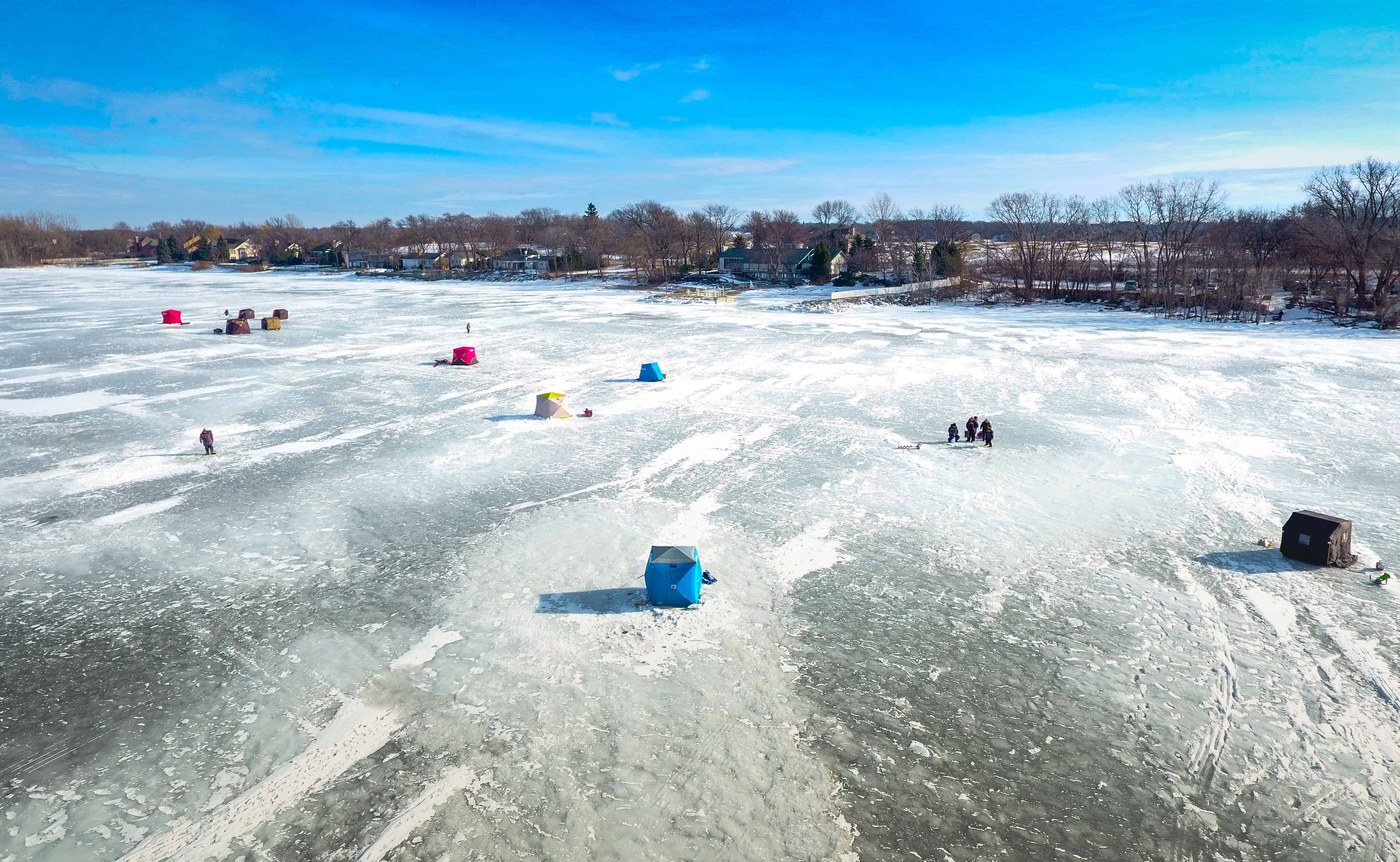
When ice fishing, shelter from the ice in the form of a tent is highly recommended.
©Randy Kostichka/Shutterstock.com
Additionally, here at AZA, we’re curious if experiences like this encourage youngsters to follow jobs and hobbies during their lives. Nelson could have a fruitful fishing profession in the future. We really love to witness such a young man achieve such incredible achievement; it’s uplifting and memorable. After a catch like this one, Drayden Nelson will surely return to the ice.
Check out the adorable video below, showing the boy catching a fish, along with some of our favorite pieces!
Thank you for reading! Have some feedback for us? Contact the AZ Animals editorial team.



